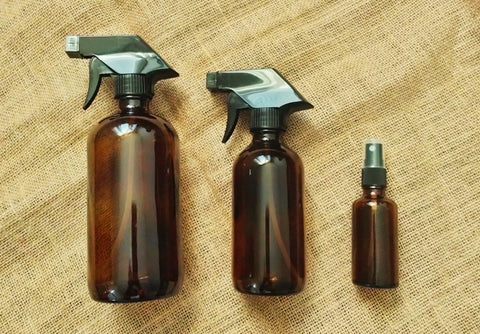In an era where sustainable living is becoming increasingly important, the fusion of Ayurveda and do-it-yourself (DIY) practices emerges as a powerful avenue for eco-friendly beauty and hair care. Delving into the world of DIY Ayurvedic hair care and beauty products unveils a myriad of reasons why this holistic approach aligns seamlessly with environmentally conscious living.
1. Minimal Packaging: One of the key pillars of eco-friendly beauty is reducing packaging waste. DIY products champion this cause by encouraging individuals to utilize reusable containers or materials readily available at home. This not only curtails the need for excessive packaging but also diminishes the impact of single-use materials on the environment.
2. Reduced Carbon Footprint: The concept of DIY Ayurvedic recipes extends beyond personal care to emphasize the importance of locally sourced ingredients. By utilizing locally grown herbs, oils, and plants, practitioners of DIY Ayurveda effectively minimize their carbon footprint associated with ingredient transportation. This mindful sourcing not only supports local economies but also aligns with sustainable living practices.
3. Elimination of Harmful Chemicals: DIY Ayurvedic recipes often rely on natural ingredients, steering clear of harmful synthetic chemicals prevalent in commercial products. This deliberate avoidance reduces the environmental impact associated with the production, use, and disposal of chemical-laden beauty and hair care items.
4. Use of Sustainable Ingredients: Many Ayurvedic ingredients, central to DIY formulations, are derived from sustainable sources. Herbs, oils, and plants used in these concoctions are often cultivated through eco-friendly farming practices, eschewing the use of synthetic pesticides and fertilizers.
5. Encourages Conscious Consumption: A fundamental principle of DIY Ayurvedic practices is conscious consumption. By empowering individuals to utilize what they have and create products as needed, this approach significantly diminishes the demand for commercially produced items. Consequently, it reduces the overall environmental footprint associated with mass production and consumption.
6. Waste Reduction: DIY recipes favor whole ingredients, minimizing waste compared to commercial products that often involve the extraction of specific components. The organic waste generated from DIY creations can also be composted, contributing to a more circular and sustainable system.
7. Customization and Versatility: DIY Ayurvedic recipes provide the flexibility to customize products based on individual preferences and specific hair or skin needs. This personalized approach reduces the temptation to purchase multiple specialized products, promoting a more minimalist and sustainable approach to personal care.
8. Empowerment and Education: Engaging in DIY Ayurvedic practices empowers individuals to take control of their beauty and hair care routines. This empowerment is accompanied by an educational component that fosters a greater awareness of the environmental impact of commercial products, inspiring a shift toward eco-friendly choices.
9. Reusability of Ingredients: The reusability of many DIY ingredients, such as herbs and oils, contributes to resource conservation. This sustainable practice minimizes the need to frequently purchase new materials, aligning with principles of mindful living.
10. Long-Term Sustainability: DIY Ayurvedic practices echo the essence of long-term well-being and holistic health. This holistic approach extends beyond personal care to encompass a sustainable lifestyle that harmonizes with the environment.

By embracing the principles of Ayurveda through a DIY lens, individuals not only nurture their well-being but also contribute to a more sustainable and eco-friendly beauty and hair care narrative. The journey towards radiant beauty aligns seamlessly with the rhythms of nature, creating a harmonious balance between self-care and environmental stewardship.




